1 .Die casting is a widely used metal casting process
Die casting is a metal casting process characterized by the use of a mold cavity to apply high pressure to the molten metal. Depending on the type of die casting, either a cold chamber die casting machine or a hot chamber die casting machine is used. Casting equipment and molds are expensive, so the die casting process is generally only used to manufacture large quantities of products in bulk. Die casting is particularly suitable for making large quantities of small to medium sized castings and is therefore one of the most widely used of the various casting processes. Compared to other casting techniques, die casting has a flatter surface and higher dimensional consistency.
Die casting is a metal casting process characterized by the use of a mold cavity to apply high pressure to the molten metal. Depending on the type of die casting, either a cold chamber die casting machine or a hot chamber die casting machine is used. Casting equipment and molds are expensive, so the die casting process is generally only used to manufacture large quantities of products in bulk. Die casting is particularly suitable for making large quantities of small to medium sized castings and is therefore one of the most widely used of the various casting processes. Compared to other casting techniques, die casting has a flatter surface and higher dimensional consistency.
2.The development history of die-casting process

In 1838 Ger-Bruce first produced lead by die-casting.
In 1839 a piston type die-casting machine obtained the first pressure casting patent.
In 1849 the Englishman Stuchers obtained a patent for a hot press chamber die-casting machine.
In 1885 O. Mergenthaler invented a lead die-casting machine on the basis of the previous one.
In 1907 Wagner first made a pneumatic piston die-casting machine.
In 1920 the British developed a cold press chamber die-casting machine, making it possible for die-casting machines to produce aluminum and magnesium alloys and other die castings.
In 1927 the Czech Joseph Pollack designed the vertical cold chamber die casting machine.
In 1952 the former Soviet Union manufactured the first vertical cold chamber die-casting machine. Our country in the 60s also manufactured such die-casting machine.
In 1958 the vacuum die-casting machine in the United States to obtain a patent.
In 1966 the American General Motors company proposed fine, speed, dense die-casting method.
In 1969, the American love Lex proposed oxygen-filled die-casting without air hole die-casting method.
3.Process flow
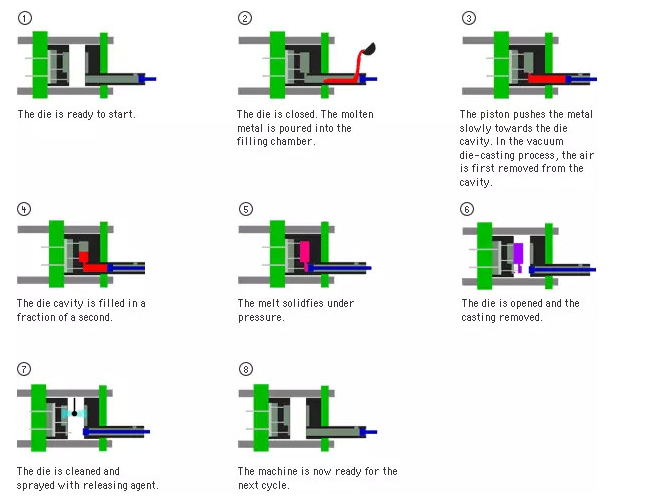
Hot Chamber Die Casting
Hot chamber die casting, sometimes referred to as gooseneck die casting, has a pool of liquid, semi-liquid metal in a molten state that fills the mold under pressure.

Cold Chamber Die Casting
Cold chamber die casting can be used when die casting metals that cannot be used in the hot chamber die casting process, including aluminum, magnesium, copper, and zinc alloys with high aluminum content.
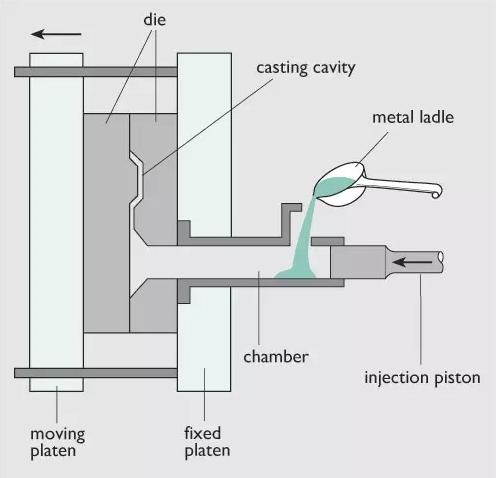
4. Applicable metal materials and applications
Zinc
The easiest metal to die-cast, very economical for manufacturing small parts, easy to coat, high compressive strength, high plasticity, and long casting life.

Aluminum
Light weight, high dimensional stability in the manufacture of complex and thin-walled castings, high corrosion resistance, good mechanical properties, high thermal and electrical conductivity, and high strength at high temperatures.
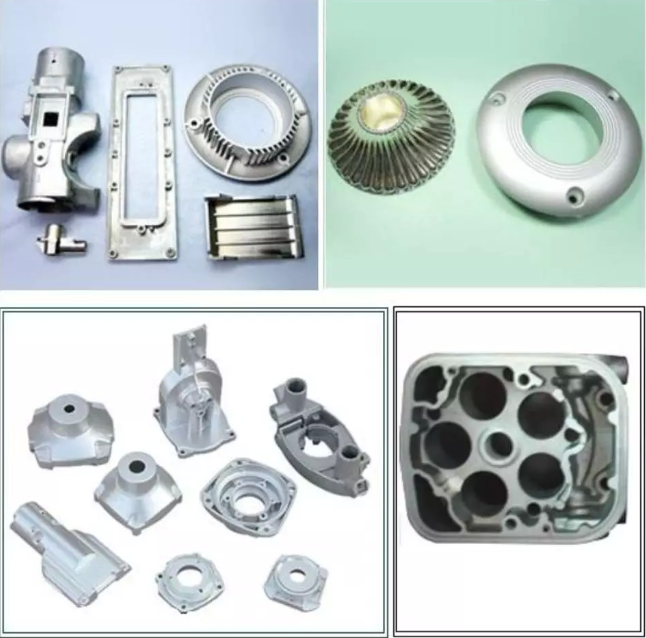
Magnesium
Easy to carry out mechanical processing, high strength-to-weight ratio, the lightest of the commonly used die-casting metals.

Panasonic Lumix GX7 – Die-cast Magnesium Body Case
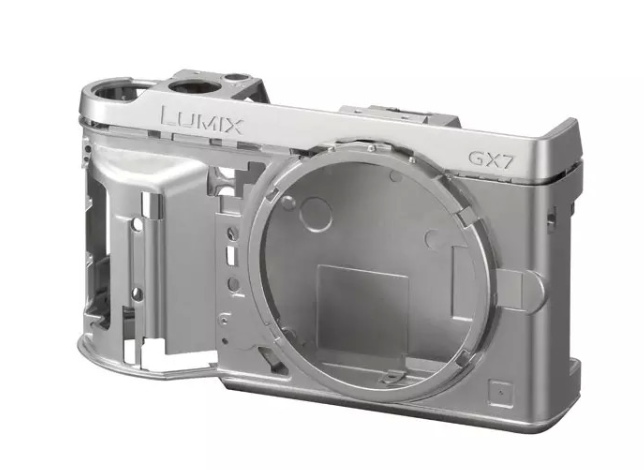
Copper
High hardness, high corrosion resistance, best mechanical properties among commonly used die-casting metals, wear resistance, strength close to steel.
Die-cast copper rotor
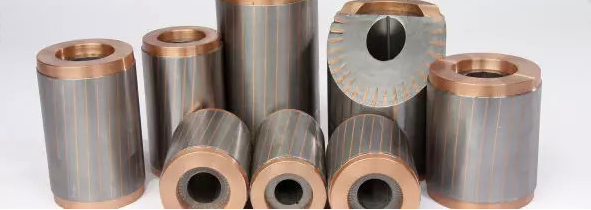
Die-cast copper bars
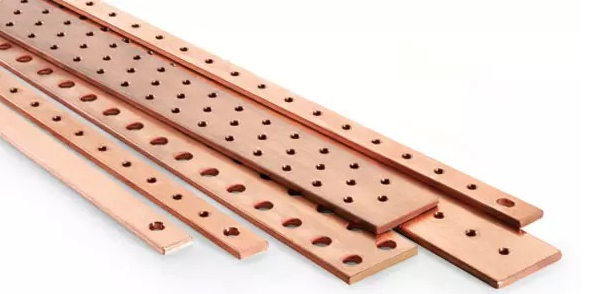
Lead and tin
High density and very high dimensional accuracy for use as special corrosion resistant parts. For public health reasons, this alloy cannot be used for food processing and storage equipment. Alloys of lead, tin and antimony (sometimes with a little copper) can be used to make hand-lettering in letterpress and for hot stamping.
5.Advantages and disadvantages of die-casting
The advantages of die-casting include that the casting has excellent dimensional accuracy. The biggest disadvantage of die casting is that it is very costly. Casting equipment, as well as mold, mold-related components are expensive compared to other casting methods. Therefore, it is economical to produce large quantities of products when making die castings. Other disadvantages include the fact that the process is only suitable for metals with a high degree of fluidity.